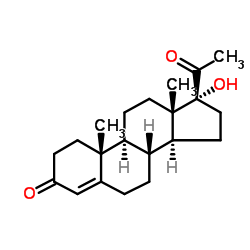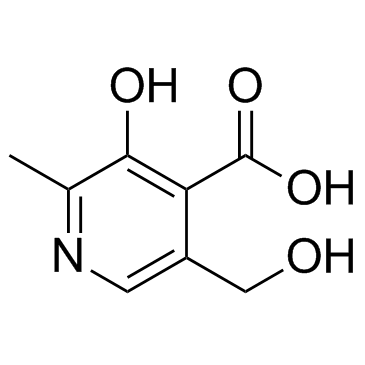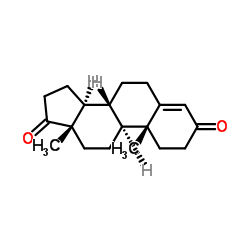| Structure | Name/CAS No. | Articles |
|---|---|---|
 |
17α-hydroxyprogesterone
CAS:68-96-2 |
|
 |
Cortisone
CAS:53-06-5 |
|
 |
4-Pyridoxic acid
CAS:82-82-6 |
|
 |
Androstenedione
CAS:63-05-8 |